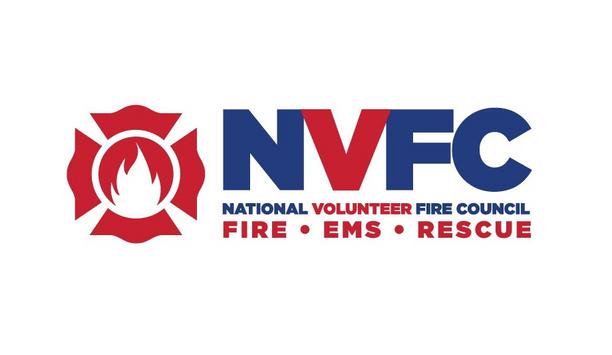Improving the quality of the built environment is one of the core objectives of the Fire Protection Association, and to support this it has created one of the most versatile and comprehensive fire testing and research facilities in the UK.
FPA has recently expanded our testing capabilities at its laboratory in Gloucestershire by investing in a new material identification testing service to help identify the type of insulation material used on a building.
How are samples tested?
A total of three tests are conducted to identify whether the sample is PUR, PIR, phenolic foam, or wool. To carry out the insulation identification, a minimum sample size of 100mm by 100mm is required which is run through three machines:
- The microcalorimeter determines the temperature at which the material combusts and the amount of heat released.
- The elemental analyzer shows the chemical composition of carbon, hydrogen, nitrogen, and sulfur in the material.
- The Fourier Transform Infrared Spectrometer (FTIR) measures the absorbance of infrared light which is analyzed to determine the material’s molecular composition.
Following the identification process, a comprehensive report outlining the test methodology and analysis is provided within 4-6 weeks of receipt of the samples.
new material identification testing
We can assess whether a product installed on a building is the same as was submitted for fire testing"
FPA Managing Director, Jonathan O’Neill OBE said, “Not only does our new material identification testing service allow for the insulation material used on a building to be identified, but it also adds another significant benefit around verification."
"By fingerprinting the insulation samples, we can protect against material substitution, meaning we can assess whether a product installed on a building is the same as was submitted for fire testing. This also ensures the integrity of our UKAS-accredited BS 8414 cladding tests.”
Applications
Material identification can be useful for:
- building owners
- property managers
- facilities managers
- fire investigators
- risk managers
- insurers and claims directors
- mortgage lenders
- fire engineers
- fire risk assessors
- construction companies
- architects
- developers
- managing agents
- estate agents.
As a not-for-profit organization, the FPA can price its services competitively. FPA's new material identification service includes three tests on each of the three machines.
















